Estimated reading time: 8 minutes
Have you ever wondered why your feline friend enjoys being cradled like a human baby? It’s a common behavior exhibited by many domestic cats and can be quite intriguing to cat owners.
Let’s delve into the reasons behind such cuddly conduct and take a closer look at your cat’s psychology and socialization aspects. Read on to unlock the adorable world of your kitty’s penchant for being held like an infant!
Key Takeaways
- Cats like to be held like a baby because it makes them feel safe and loved.
- Holding a cat like a baby helps create a strong bond between the cat and its owner.
- Some cats may not enjoy being held due to past traumatic experiences, physical discomfort, or instinctive behaviors.
- It is important to properly hold your cat by cradling them gently with support and paying attention to their body language.
Why Cats Like To Be Held Like A Baby
Cats like to be held like a baby due to seeking comfort and safety, displaying instinctual behavior from infancy, and bonding with their owners.
Seeking comfort and safety
Cats love to feel safe. Holding them like a baby makes them feel this way. This snug hold lets your cat know you are there for protection or comfort when they’re scared. It also makes cats happy.
They see their owners as a source of safety and comfort, so being held can be very calming for them. So next time you lift up your feline friend, remember it’s not just you who enjoys the cuddle!
Instinctual behavior from infancy
Cats act a lot like human babies. This is because of their behavior when they were kittens. Kittens love to be held close and to feel warm. They also want to feel safe and secure. Just like babies, kittens make sounds or “meow” when they need something.
As cats get older, they keep some of these kitten ways. That’s why many cats enjoy being cradled like a baby by their owners.
Cats do this as part of how they show love and affection too! When you hold your cat like a baby, it makes them happy. It helps both of you bond with each other more strongly.
Bonding with their owners
Cats can become very close to their owners. Holding a cat like a baby brings the cat and owner closer. Cats show love by purring, kneading, rubbing or nuzzling. This says they trust you and feel safe with you.
To keep your pet happy, watch for signs your cat likes being held this way. Enjoy every moment of bonding with your feline friend! Your bond helps make a better life for your pet.
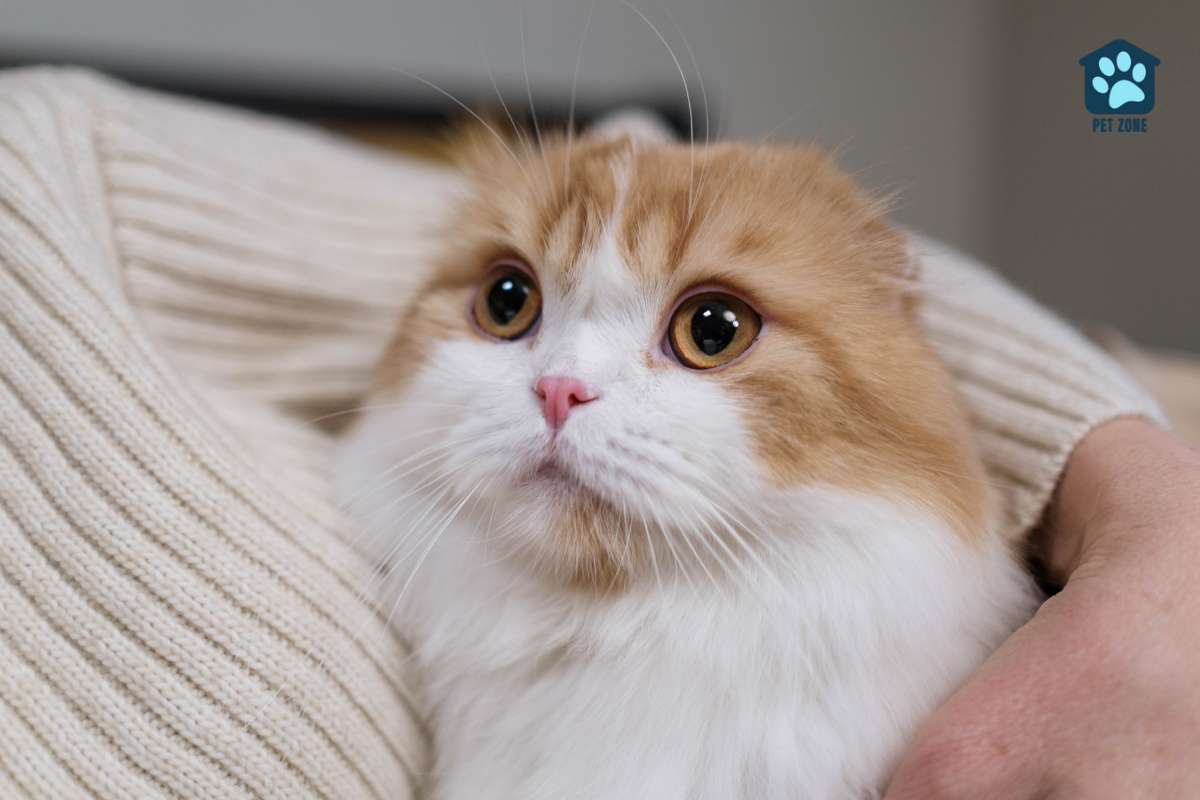
Possible Reasons for Cats Not Liking To Be Held
Some possible reasons why cats may not enjoy being held include past traumatic experiences, physical discomfort or pain, and instinctive behaviors.
Past traumatic experiences
Cats that have had past traumatic experiences may not like being held. Trauma can come from abusive or neglectful situations, which can make cats fearful and mistrustful of humans.
These cats may exhibit changes in behavior, such as hiding or becoming aggressive when approached. They may also show signs of anxiety or fear, like excessive grooming, urinating outside the litter box, or scratching the furniture.
It’s important to be patient and understanding with these animals, giving them space and allowing them to approach you on their own terms. Building trust takes time, but with love and patience, traumatized cats can learn to feel safe and secure again.
Physical discomfort or pain
Sometimes, cats may not like to be held because they are experiencing physical discomfort or pain. Just like humans, cats can have conditions that cause them to feel sensitive or uncomfortable when touched.
For example, arthritis or dental disease can make a cat more prone to discomfort when being held. Abdominal pain is another possible reason why a cat may resist being picked up and held.
It can make them feel vulnerable or cause discomfort. So, if your cat doesn’t enjoy being held, it’s important to consider whether they might be experiencing any physical issues that could be causing their discomfort.
Instinctive behaviors
Cats have instinctive behaviors that can affect their preference for being held. As predators, cats are naturally independent and like to have control over their environment. When they’re picked up and held, they may feel vulnerable or trapped, which can make them uncomfortable.
Cats also communicate through body language, so if they show signs of distress or aggression when being held, it’s important to respect their boundaries and let them go. It’s a good idea to observe your cat’s behavior and understand their natural instincts when deciding how best to interact with them.
How To Properly Hold Your Cat
To properly hold your cat, gently cradle them with support and pay attention to their body language. Learn the right techniques to ensure a safe and comfortable experience for both you and your feline friend.
Interested in learning more? Keep reading!
Cradling them gently with support
To properly hold your cat, you should cradle them gently with support. This means using both of your arms to create a secure and comfortable space for them. You can link your arms together to form a cradle shape, making sure to keep your cat steady and secure.
It’s important to provide support by holding their body close to yours and not putting any pressure on their delicate belly or chest. By cradling your cat in this way, you are ensuring that they feel safe and protected while being held.
Remember to pay attention to their body language and adjust accordingly, as each cat may have different preferences when it comes to being held.
Avoiding restraining them
To ensure your cat feels safe and comfortable when you hold them, it’s important to avoid restraining them. Cats generally don’t like feeling trapped or restricted, so being gentle and allowing them some freedom of movement is key.
Instead of tightly gripping your cat, try cradling them gently with support under their body. This will give them a sense of security while still allowing them to move if they feel the need.
Avoid holding onto their limbs or wrapping your arms tightly around them as this can make them feel trapped and anxious. Remember to always be aware of your cat’s body language and signs of discomfort, as every cat is different in terms of how much handling they enjoy.
Additionally, it may help to let your cat approach you for affection rather than forcefully picking them up. Give your kitty some control over the situation by extending an open hand for sniffing before attempting to lift them off the ground.
Some cats prefer being held only for short periods, so respect their boundaries and allow them to decide when they’ve had enough cuddle time.
Paying attention to their body language
To understand if your cat enjoys being held like a baby, it’s crucial to pay attention to their body language. Cats communicate how they feel through their posture and movements. Look for signs of relaxation, such as a loose body and purring sounds, which indicate that they are comfortable with being held.
On the other hand, if your cat tenses up or tries to escape while being carried, it’s a sign that they may not enjoy it. Respect their boundaries and find other ways to show them affection that they are more comfortable with, like gentle petting or interactive playtime.
Understanding your cat’s body language will help you create a stronger bond based on trust and respect.
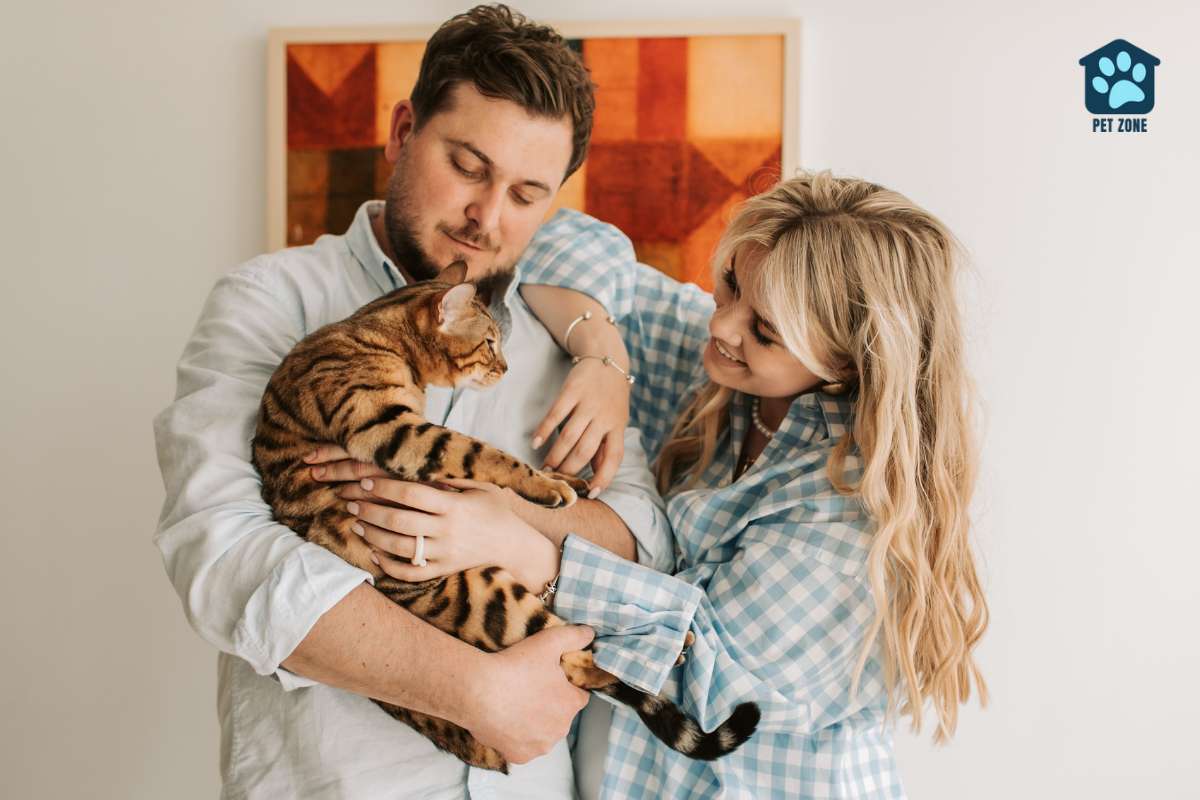
Conclusion
Cats may enjoy being held like a baby because it makes them feel safe and loved. It’s a way for them to bond with their owners and seek comfort. However, not all cats like to be held in this way, as they have individual preferences just like humans do.
So if your cat enjoys being cradled and cuddled like a baby, go ahead and indulge them!
Frequently Asked Questions
Your cat may feel secure and warm when you hold it, much as cats enjoy warm places. This feeling could remind the cat of its early days or simply offer comfort for some adult cats.
It’s okay to carry a cat this way if the animal is happy with it. If your cat seems stressed or tries to get away, then find other ways to cuddle them that they enjoy.
Yes, certain breeds such as Ragdolls are known for liking human interaction, while others may be more aloof or independent by nature.
Every little creature has its own likes and dislikes due to years of evolution fostering fiercely independent traits in felines; respect their space if your kitty prefers not being picked up and carried around.
Pay attention for hints from your furry friend. Soft purrs, calming meows or relaxed posture suggests contentment while signs of fuss such as pawing at you could mean discomfort.
Provided that it is performed correctly under stress-free conditions, holding your four-legger might help bring out their best behaved selves! It strengthens bonds between owner and pet while making the latter feel cherished.
As an Amazon Associate I earn from qualifying purchases.
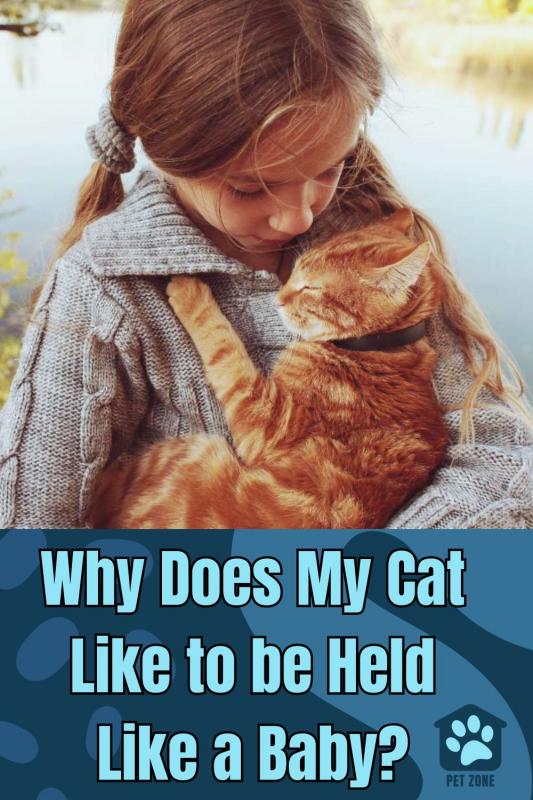


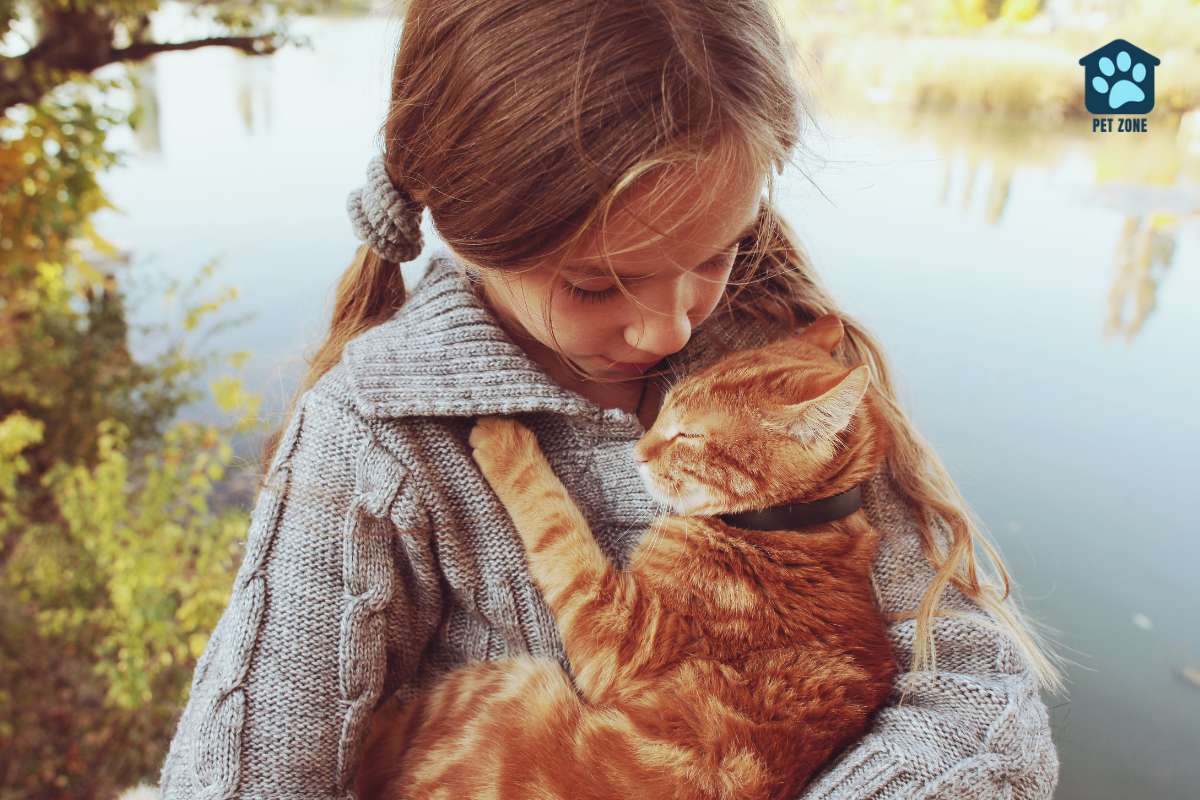
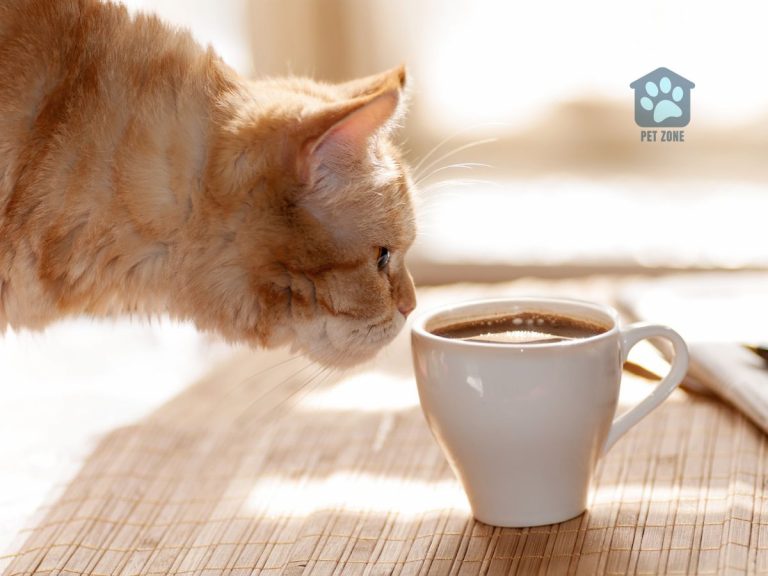
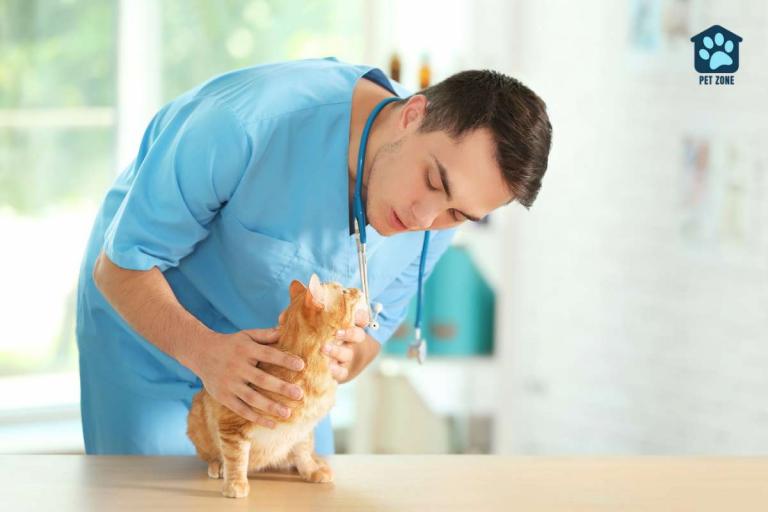
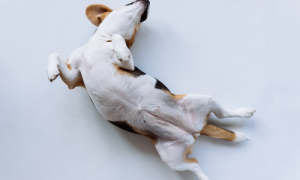
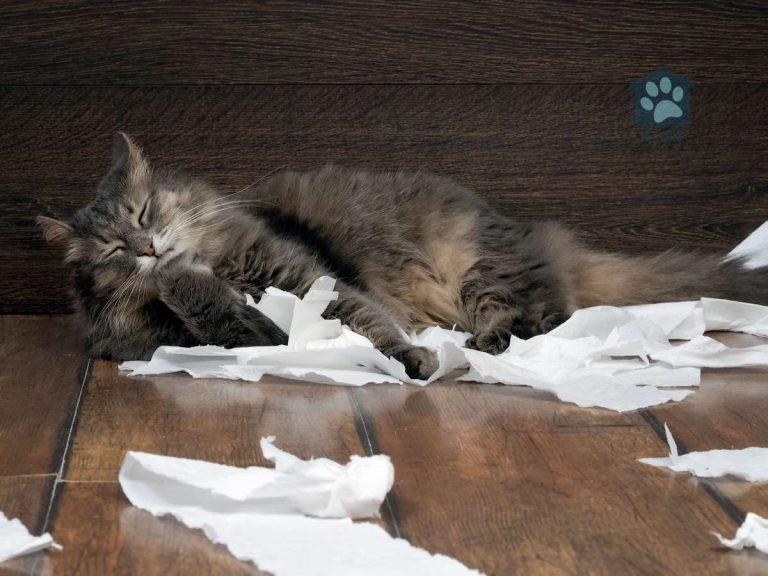
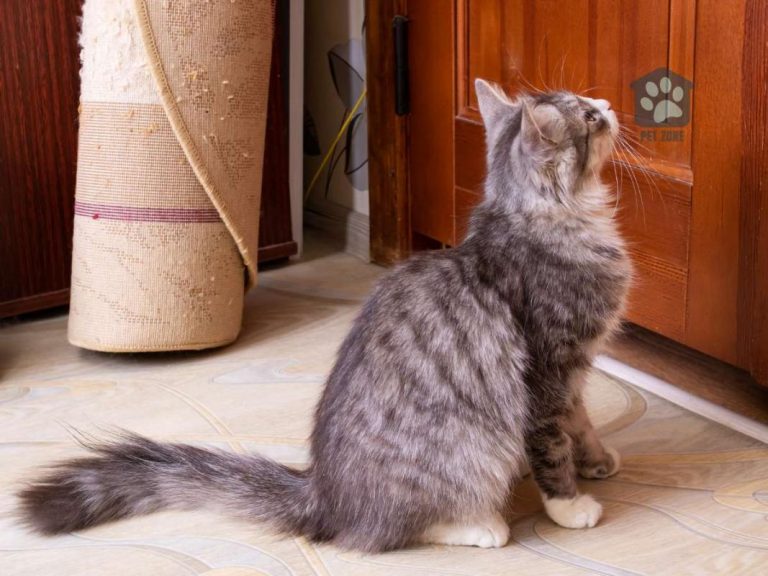
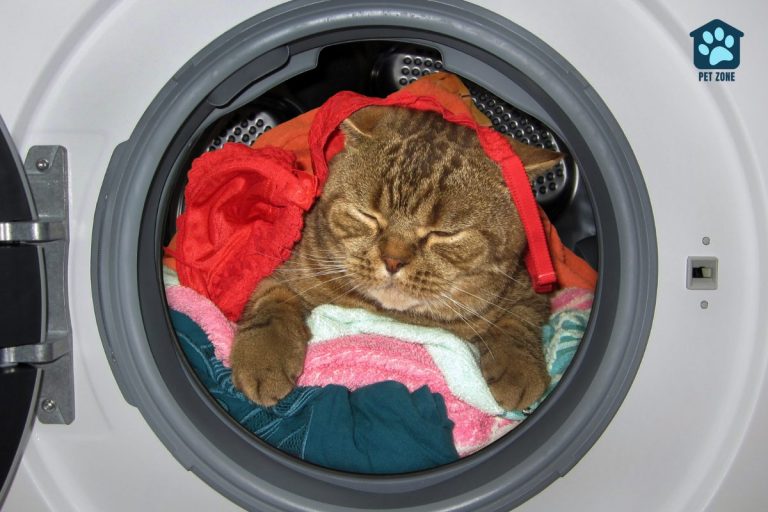
I sometimes wonder if it’s the humans that actually like holding cats. I guess we all need some TLC including cats. Thanks for the tips on how to cat your cat correctly and assessing if a cat does, in fact, want to be held like that. Thanks for the information.
I LOVE doing this with my cat! One cat is all about it. The other cat- not so much.